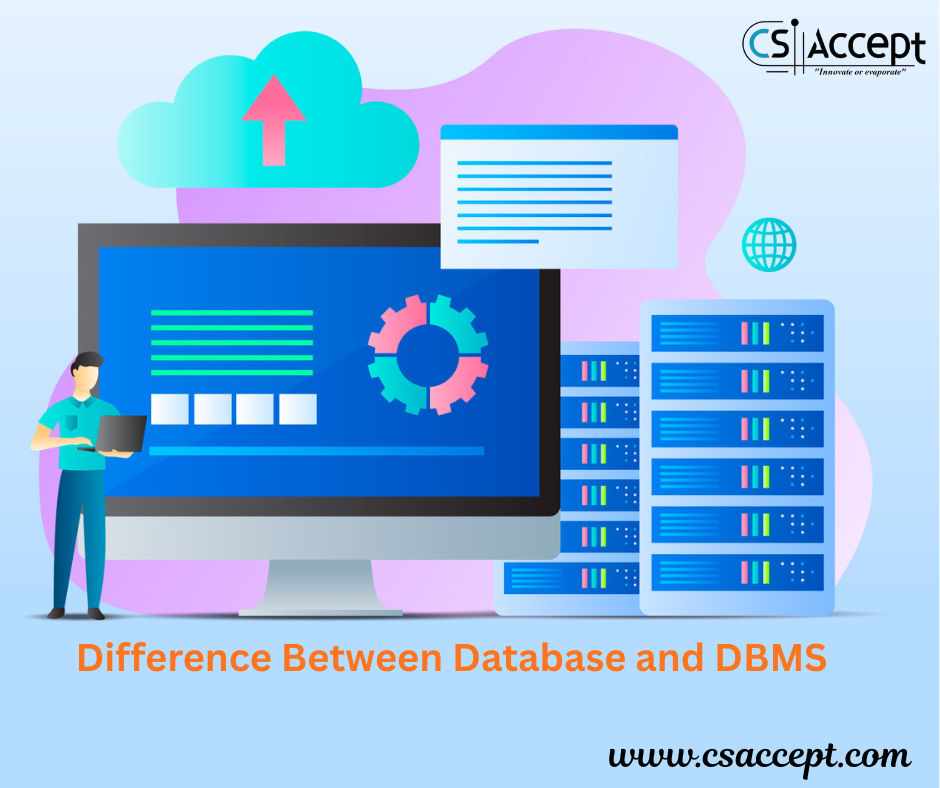
Table of Contents
- What is a Sequential Circuit?
- Key Characteristics
- Difference between Combinational and Sequential Circuits
- Components of Sequential Circuits
- Types of Sequential Circuits
- Examples of Sequential Circuits
- State Diagrams and State Tables
- Design Procedure of Sequential Circuits
- Advantages and Disadvantages
- Applications
- Conclusion
1. What is a Sequential Circuit?
A Sequential Circuit is a type of digital circuit whose output depends on both the present input and the past history of inputs (i.e., it has memory).
Sequential circuits store information using memory elements like flip-flops and latches.
In simple words:
Output = Function (Present Inputs + Previous State)
Thus, unlike combinational circuits, the order and timing of inputs affect the output.
2. Key Characteristics of Sequential Circuits
- Memory elements are present (Flip-Flops, Latches).
- Depends on past and present inputs.
- Requires a clock signal for synchronization (in synchronous sequential circuits).
- Outputs change only at specific instances (edge of clock pulses).
3. Difference between Combinational and Sequential Circuits
| Feature | Combinational Circuit | Sequential Circuit |
|---|---|---|
| Output depends on | Present input only | Present input + past inputs (history) |
| Memory | No | Yes |
| Clock signal | Not required | Required (for synchronous type) |
| Examples | Adders, Multiplexers | Counters, Flip-Flops, Registers |
4. Components of Sequential Circuits
| Component | Function |
|---|---|
| Flip-Flops | Basic memory elements to store 1-bit information |
| Latches | Another type of memory device, level-triggered |
| Clock | Provides timing signals to synchronize changes |
| Combinational Circuit | Performs logic operations on inputs and memory |
5. Types of Sequential Circuits
🔹 Based on Clock Dependency:
| Type | Description |
|---|---|
| Synchronous | All memory elements are triggered by a common clock signal. |
| Asynchronous | Memory elements triggered by changes in input signals, no global clock needed. |
🔹 Based on Feedback:
- Feedback exists from output to input via memory elements.
- Helps in remembering past events.
6. Examples of Sequential Circuits
➡️ 1. Flip-Flops
- Fundamental building blocks of sequential circuits.
- Types:
- SR Flip-Flop (Set-Reset)
- JK Flip-Flop
- D Flip-Flop (Data or Delay)
- T Flip-Flop (Toggle)
Example: SR Flip-Flop Truth Table
| S | R | Output Q (Next State) |
|---|---|---|
| 0 | 0 | No Change |
| 0 | 1 | Reset (Q=0) |
| 1 | 0 | Set (Q=1) |
| 1 | 1 | Invalid State |
➡️ 2. Registers
- A collection of flip-flops.
- Used to store multiple bits (like 8-bit, 16-bit data).
- Types:
- Parallel Registers
- Shift Registers (left or right)
➡️ 3. Counters
- A register that goes through a prescribed sequence of states.
- Types:
- Asynchronous Counter (Ripple Counter)
- Synchronous Counter
Example: 3-bit Synchronous Counter
- Counts from 000 → 001 → 010 → 011 → 100 → 101 → 110 → 111 → 000 (repeats).
➡️ 4. Finite State Machines (FSMs)
- Models behavior using states and transitions.
- Two Types:
- Mealy Machine – Output depends on state and input.
- Moore Machine – Output depends only on state.
7. State Diagrams and State Tables
Sequential circuits can be represented by:
➡️ State Table
| Present State | Input | Next State | Output |
|---|---|---|---|
| A | 0 | A | 0 |
| A | 1 | B | 0 |
| B | 0 | A | 1 |
| B | 1 | B | 1 |
➡️ State Diagram
- Graphical representation of transitions between states.
- Circles represent states.
- Arrows represent transitions.
8. Design Procedure of Sequential Circuits
- Analyze the Problem
Identify inputs, outputs, and behavior. - Construct State Table/Diagram
Define states and transitions. - State Reduction (if needed)
Minimize number of states. - Choose Flip-Flops
Decide which flip-flop to use (D, JK, T). - Derive Excitation Table
Determine input conditions for desired transitions. - Boolean Expression Simplification
Use Karnaugh Maps (K-Maps) to simplify logic. - Draw Logic Diagram
Combine flip-flops and logic gates based on equations.
9. Advantages and Disadvantages
✅ Advantages:
- Ability to perform complex tasks.
- Can store past inputs (memory).
- Used for designing controlled systems (FSMs, computers).
❌ Disadvantages:
- More complex to design than combinational circuits.
- May cause timing issues like race conditions (especially in asynchronous circuits).
10. Applications of Sequential Circuits
- Computer memory (RAM, Registers).
- Processors (ALU control units).
- Traffic light controllers.
- Elevator control systems.
- Vending machines.
- Communication protocols.
- Digital watches and clocks.
11. Conclusion
Sequential Circuits form the backbone of memory and control systems in digital electronics.
They are vital for any system where order, timing, and history of events matter.
Mastering sequential circuits is essential for fields like Computer Engineering, Robotics, Embedded Systems, and Automation.







